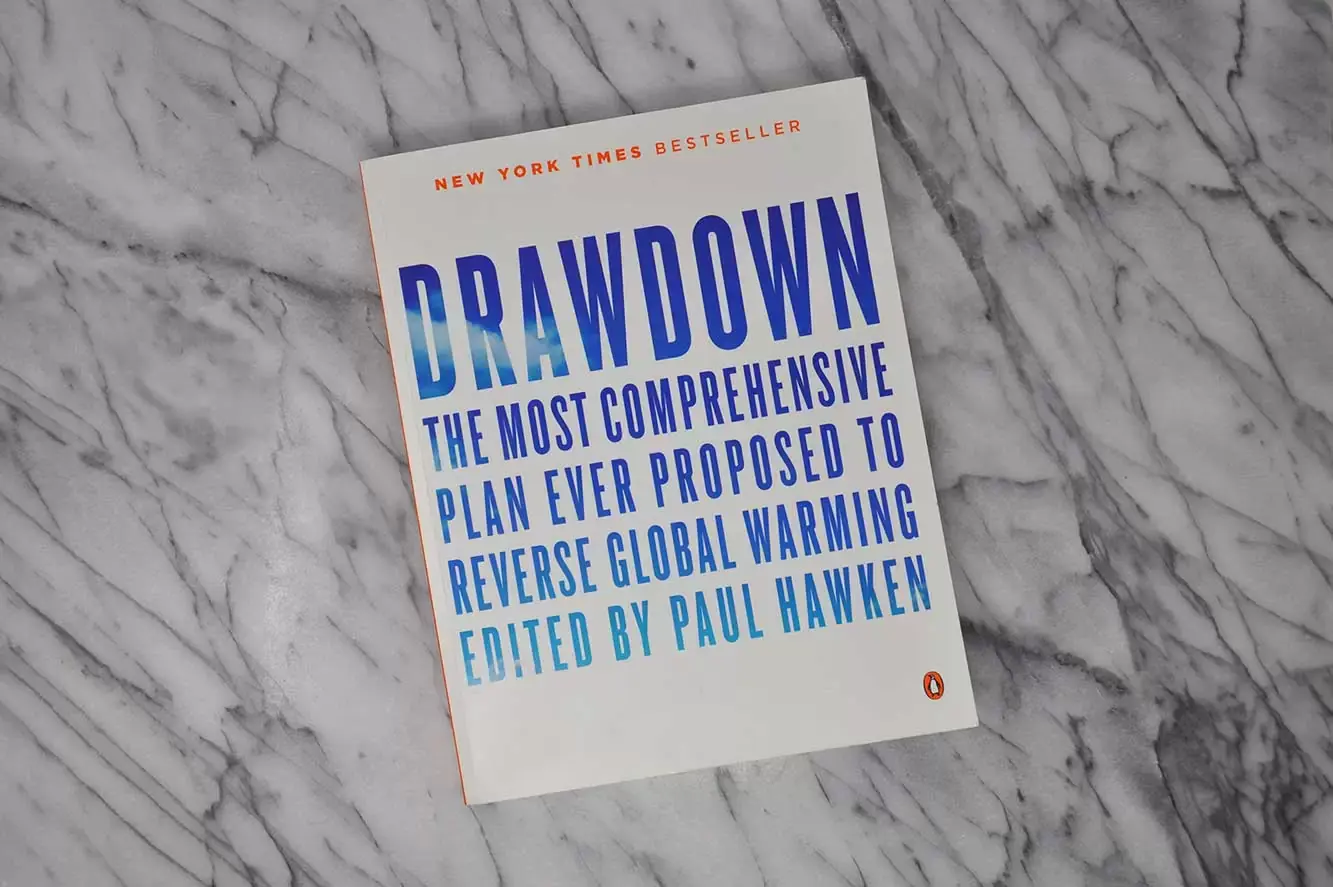What Climate VCs Are Actually Looking for beyond 2025
Your Startup Checklist, Inspired by Article 9 Funds & and Why Angel Syndicates Still Lead at...
By: Johannes Fiegenbaum on 3/31/25 9:17 PM

The climate tech landscape in 2025 is marked by a noticeable shift in investor behaviour. With capital becoming more selective, venture funds are backing fewer moonshots and focusing on scalable, economically viable solutions. This article breaks down the types of startups struggling to raise funds right now and offers actionable strategies to adapt.
In 2025, the climate VC landscape isn't about buzzwords, it's about results. Institutional funds are doubling down on high-TRL, science-backed solutions that measurably reduce greenhouse gas emissions and scale within the decade. The bar is higher. The filters are stricter.
Understanding why startups fail in this evolving funding environment is critical. Especially for climate tech founders. From oversaturated SaaS markets to underdeveloped science plays, there are clear patterns emerging in what gets funded and what doesn't. (The Lotus Capital, 2025)
This article explores four common startup types that VCs are increasingly hesitant to back and what you can do if you're building in one of them.

If you're unsure whether your solution resonates with investors, here's a useful litmus test: Would it show up in Project Drawdown?
"Drawdown" is a groundbreaking book and research project that lists 100 of the most impactful solutions to reduce global greenhouse gas emissions — ranked by potential and cost. These include both well-known climate levers like solar energy, and often overlooked interventions like improving refrigeration systems, regenerative agriculture, and even educating girls in low-income countries.
For many entrepreneurs, this has become a Rorschach test: where does my solution show up in the stack? If at all?
One founder was so inspired, he worked through each solution until he landed on "Materials: Refrigeration." That's where he started Recoolit, a climate startup recovering refrigerants with high global warming potential. His story, beautifully captured by Jamie Wong, is a case study in alignment between personal conviction and systemic impact.
Why VCs hesitate: Overcrowded, low differentiation, limited impact.
What they see: "Another dashboard with no emissions lever."
Many founders are still building general-purpose ESG tools, be it carbon accounting, on CBAM, or any other legislative requirement. As discussed in this practical guide to ESG value for startups and VCs, reporting alone won’t cut it anymore. While worthwile enterprises, these are increasingly seen as hygiene features, not venture-scale businesses. Especially when they stop at reporting, not mitigation. (Sifted, 2025)
✅ What to do instead:

Why VCs hesitate: High CapEx, efficiency concerns, policy dependency, and unclear scalability. (Carbon Drawdown, 2025)
Direct Air Capture (DAC), Carbon Capture & Storage (CCS), and some forms of Carbon Capture & Utilisation (CCU) are still exciting for their magical ability to make emissions disappear, albeit they are increasingly outside the scope of climate funds. I personally don't invest in any of these fields for the below reasons.
Nature-inspired carbon utilisation may offer a better route. One example:
"Biomineralisation has the unique potential to work at low CO₂ concentration, enabling CO₂ removal directly from the air and permanent storage," says Caroline Thaler of Bloomineral.
"The minerals are produced sustainably and have rare properties making them valuable in multiple industries."
✅ Better path:
Why VCs hesitate: It's too early for VC timelines.
What they see: "Still in the lab, no LOIs, no commercial traction."
If you're TRL 3–5, you're likely pre-revenue, pre-product, and pre-validation, which makes institutional VC a tough fit. That doesn't mean your idea isn't valuable, it just that it needs a different type of capital. (EU Startups, 2025)
✅ What to do instead:
This buys you time to derisk your tech and validate the market before seeking institutional rounds.
Why VCs hesitate: High CAC, vague climate logic, and regulatory risk.
What they see: "Where's the mitigation?"
From ESG-linked debit cards to carbon offset wallets, many fintech products are being deprioritised unless they clearly enable real-world emissions reduction. Growth was often enough lacklustre too - and incumbents are catching up.
✅ What to do instead:
Why VCs hesitate: Great tech, solid impact - but who buys this?
What they see: "We love it, but we can't exit it."
Climate funds, especially those managing institutional capital, need to show returns. And that means exits. Without a realistic M&A or IPO pathway, even strong early-stage companies can get passed over.
This is particularly relevant for climate startups in niche verticals or mission-driven segments that don't integrate cleanly into industrial value chains. If no obvious buyer exists (or the buyer pool is too thin), investors may struggle to underwrite your exit. (World Future Energy Summit, 2025)
✅ What to do instead:
🎯 Pro tip: If you're building for deep impact, don't just ask, "How do we scale?" Ask, "Who wins if we succeed and would they buy us?"
.jpg?width=1920&height=1280&name=sigmund-HsTnjCVQ798-unsplash%20(1).jpg)
If you're not a fit for Article 9 VCs today, consider:
These routes help you validate faster and pitch stronger when you're actually ready. For startups aligning with sustainability principles, this beginner’s guide to ESG implementation may help clarify your next step.
Venture capital is narrowing its climate focus, not out of cynicism, but discipline. Founders need to meet that moment.
Project Drawdown remains a useful compass:
Is your solution quantifiable, scalable, and system-relevant within 10 years?
If yes, back it with traction and clarity.
If not, don't force a VC fit. Avoid common pitfalls like greenwashing, which I’ve covered in this article. Reframe your approach, pursue better-aligned capital - or reach out.
💡 Looking for clarity on where your startup fits?
I work directly with climate founders to challenge assumptions, sharpen impact logic, and explore funding strategies that actually align. Whether that's with Article 9 funds, syndicates, or something else entirely.
👉 Let's find the right path forward, together. Get in touch.
1. What types of climate startups are struggling to raise funds in 2025?
Several climate tech categories are facing significant funding challenges:
2. Why are investors hesitant to support these startups?
Investor hesitancy stems from multiple factors:
3. What strategies can struggling startups adopt to improve their chances of funding?
Effective strategies for challenging climate tech verticals include:
4. What sectors are thriving in climate tech investment in 2025?
Several climate tech sectors continue to attract robust investor interest:
5. How has the investment landscape shifted for climate tech startups in 2025?
Key shifts in the climate tech investment landscape include:

A solo consultant supporting companies to shape the future and achieve long-term growth.
More about meYour Startup Checklist, Inspired by Article 9 Funds & and Why Angel Syndicates Still Lead at...
If you're building a climate tech startup in Europe, chances are you've already heard of Article 9...
Discover how startups and VCs can unlock value through early integration of Environmental, Social,...